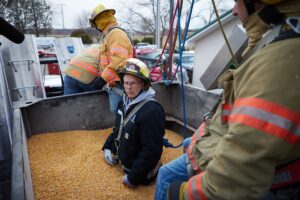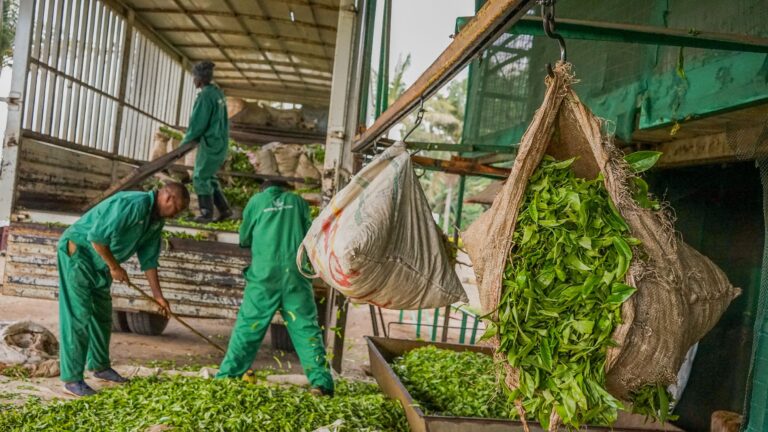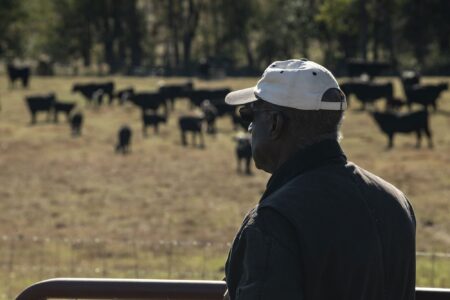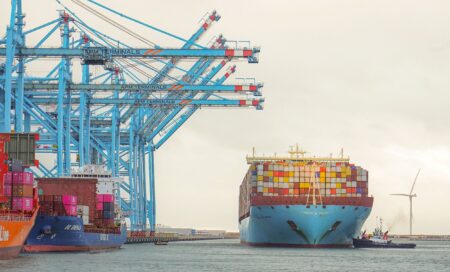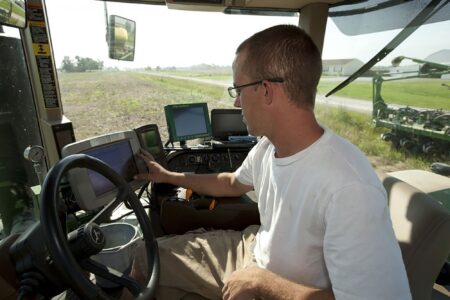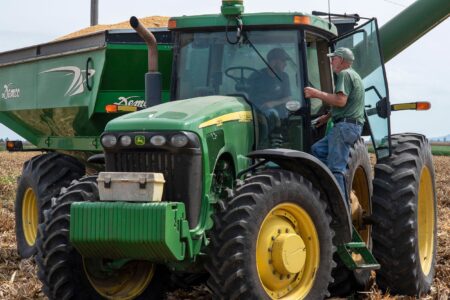NAIROBI, Kenya — Coffee is harvested cherry by cherry around the world when the fruit turns red and ripe. Though the crop is not grown commercially in the United States, the seed (or “coffee bean”) inside these cherries has unequivocally become a cornerstone of most Americans’ morning routines.
Tea, harvested leaf by leaf, follows a similar journey. After being dried, rolled, ground, and quality-checked, it travels thousands of miles before reaching daily drinkers. While America imports about 80 percent of its coffee from Central and South America, some enthusiasts go straight to its crop origin — East Africa.
It started as a spiritual drink, explained Duncan Maina of Kahawa Coffee Factory in Nairobi. People would go to places of worship, where they were served a black beverage called kaffa. In the 16th century, traders from Yemen visited Ethiopia and smuggled kaffa seeds back to Yemen, marking the first commercialization of coffee. From the Arabian Peninsula to Venice, Italy, coffee spread across the continent. When Britain’s King George III later imposed heavy taxation on tea imports, other nations began seeking new alternatives and sources.
In the modern era, these drinks are still somewhat of a spiritual ritual for many — 66 percent of Americans say coffee and tea are part of their morning ritual. They represent 0.3 percent of monthly household spending, averaging $50 per month, according to the Bureau of Labor Statistics.
Production of beans
The process of coffee production is laborious — a supply chain that demands hand-picking individual cherries but produces a drink enjoyed globally.
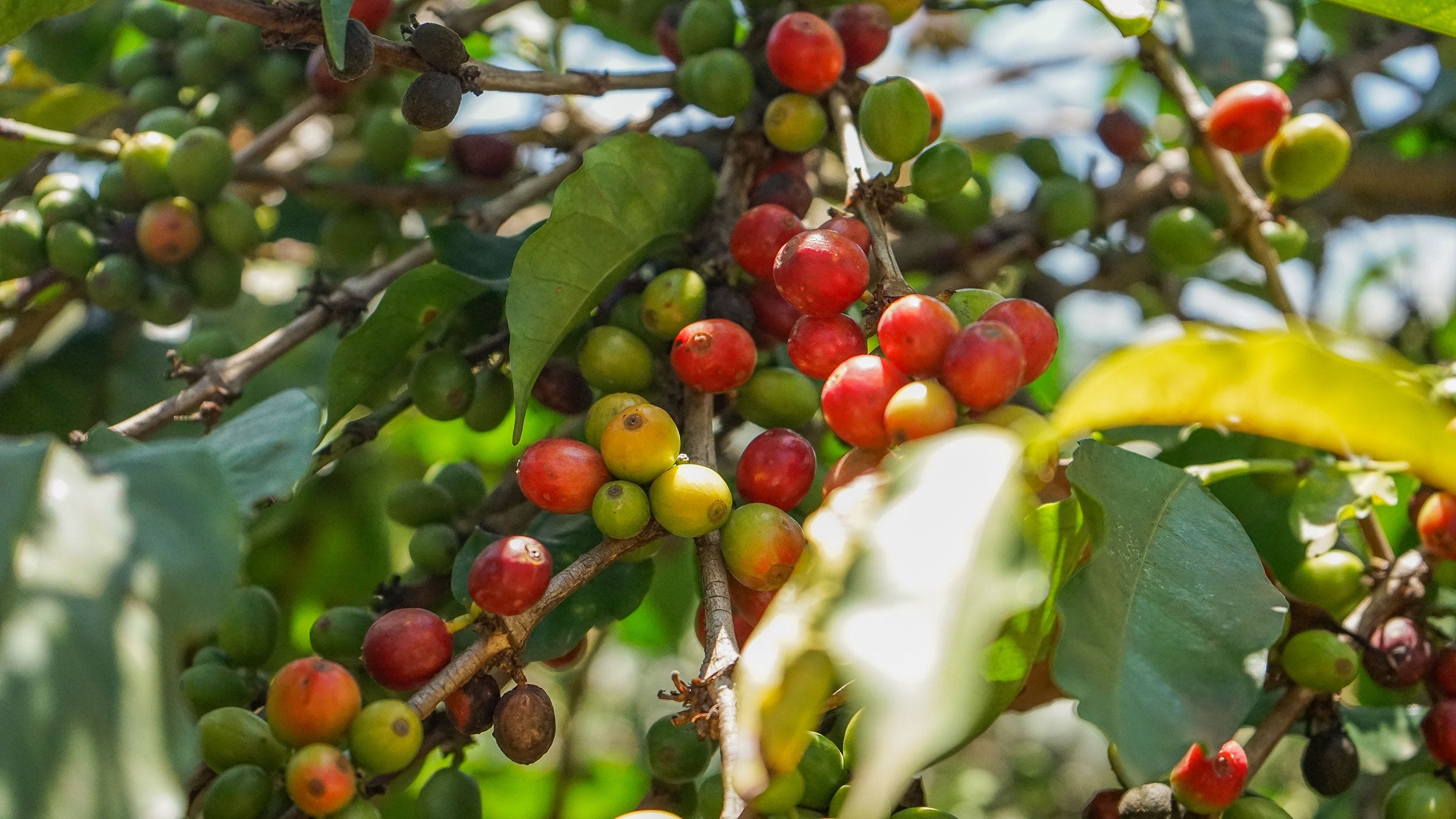
Coffee’s top producers are Brazil, Vietnam, Colombia, Indonesia, and Honduras. Yet East Africa is among the top 10 and “is known because of two things: It has an acidic note, and it has a chocolate flavor,” Maina said. What unites coffee is its inconsistent production. Each plant flowers and matures differently, making harvests unpredictable and reliant on manual labor.
At All Seasons Farms, part of the same operation as Kahawa Coffee Factory, coffee production covers 790 acres. Historically, farms in Kenya were organized into plantations during British rule, until they gained independence in 1964. The farm employs 300 to 400 workers during harvest, who pick twice a year in the rainy season. Each picker earns roughly USD $2 per bucket, averaging $10 a day.
Over three months, cherries are harvested when red and ripe. Most Arabica beans, found inside the cherry, undergo washed processing: The outer skin and pulp are removed and are fermented in water tanks for 12 to 48 hours. After fermentation, beans are washed and sun-dried. The dried beans are hulled, graded by size, weight, and then exported as green coffee beans for roasting.
The Kahawa Coffee Factory is the only hulling and grading facility within three counties of the region, where hundreds of farmers bring their beans for export.
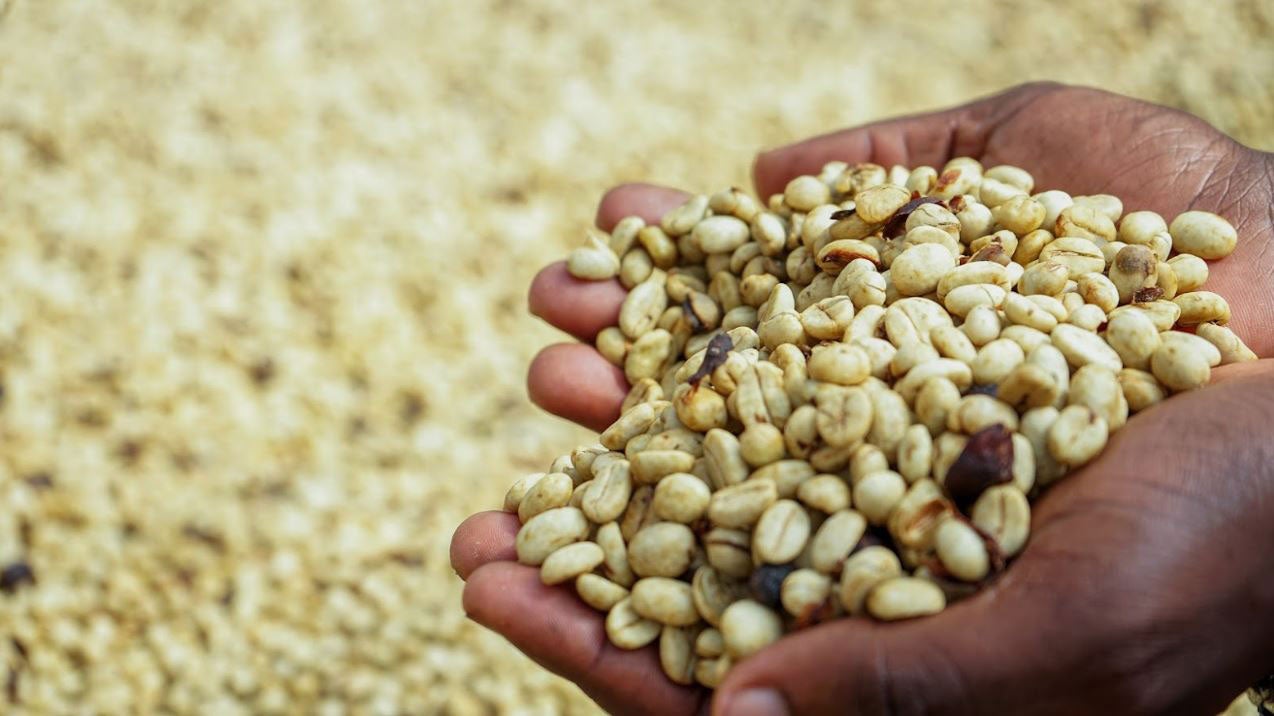

Maina explained that 1 kilogram of ground coffee requires 7 to 10 kilograms of cherries, and about 20 percent of the bean’s mass is lost during roasting. Each kilogram of roasted coffee produces around 150 cups.
Coffee arabica is the primary bean grown in Kenya and the preferred variety worldwide. Robusta ends to have higher caffeine content and a harsher flavor, while Arabica is smoother and more aromatic. “So that’s why most people prefer coffee Arabica,” he said. “Actually, 65 percent of the whole world prefers coffee Arabica rather than Robusta. When I see Robusta — it’s more economical, because instant coffees are Robusta.”
Roasting, from green to roasted bean, also affects caffeine content. Medium roasts retain more caffeine, while darker roasts develop bitterness as extended heat burns it off.
Specialty farming, specialty market
In Nairobi, only about 10 brands sell coffee, and a small group of middlemen move the crop from farms to buyers or exporters in Mombasa. From the Indian Ocean, ships carry it to U.S. East Coast ports.
But many North American companies develop direct relationships with farmers and middlemen to source single origin beans.
The rise of internationally sourced coffee is driven by micro-roasters like Goldberry Roasting Co. in Ohio, giving consumers a taste for specialty brews. Founded in a basement by local entrepreneurs, Goldberry imports, roasts, and sells coffee directly from growers partnered with Coffee Growing Community.
“With our close relationship with the coffee farms and farmers, we care about getting the roast profile of our coffee exactly right,” they said.
Each single-origin coffee includes a profile listing elevation, cooperative, location, and bean variety. Goldberry’s closest ties are with small-scale farmers in Mexico’s Sierra Norte de Puebla, but their global collection reflects a broader effort to build direct, fair-trade relationships. Many aim to ethically source coffee despite a global marketplace shaped by African politics and power.
The economics of tea
Tea’s origin is in East Asia, but Kenya’s highlands make it the world’s third-largest producer, following China and India.
The Ngorongo Tea Factory operates 24 hours a day, seven days a week, working with about 200 smallholder farmers in Central Kenya. Most manage five acres or less and deliver green leaves daily for processing, some from as far as 10 kilometers away.
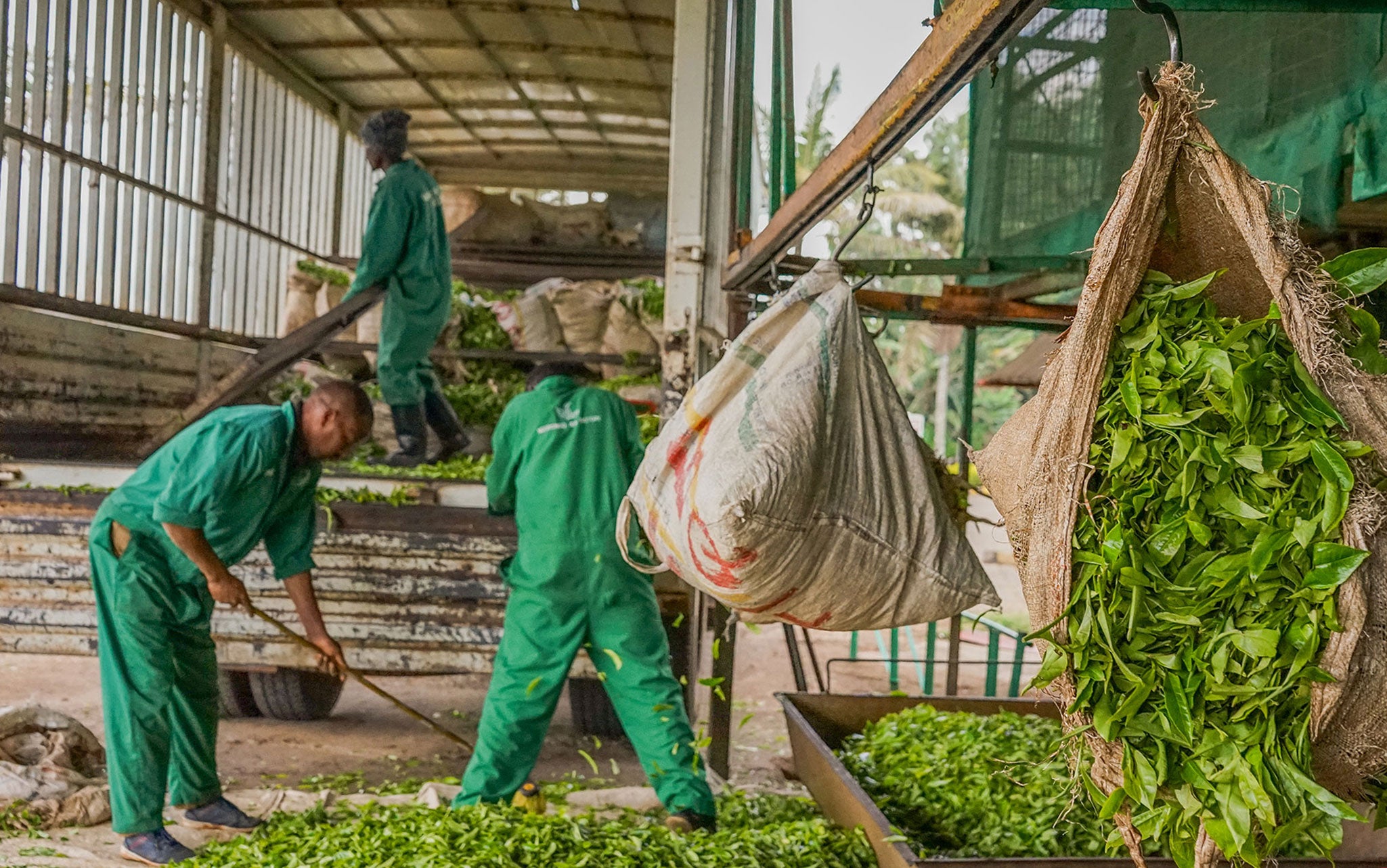

Godfrey Muigai, the factory’s production manager, explained, “We take our tea to Mombasa, Kenya, for auction, but for value addition, it’s what the brand is known for locally,” he said. Around 30 percent of their 21 million kilos of yearly production get processed into consumer products.
It takes 4.5 kilograms of green leaf to make 1 kilogram of tea.
“The only thing you can see [in the processing process] with your naked eye is the change of color from green to copper or brown,” Muigai said. “But chemically, there is an increase in the level of caffeine.”
Once tea is packed, 4-kilogram samples are sent to 15 brokers who present them to about 50 buyers during weekly auctions in Mombasa. “Auction takes place on every first and second day of the week,” said Muigai.
About 94 percent of Kenya’s tea is exported, while 6 percent is processed locally for value addition and consumption.
Processing takes slightly longer for Ngorongo tea because of fermentation. Leaves undergo withering, reducing moisture, before being cut, torn, and crushed. In a continuous fermentation machine, the tea oxidizes for about 60 minutes.
Upon cooling, professional tea tasters approve its quality through cupping, a fast-paced sipping and spitting procedure for hot beverages.
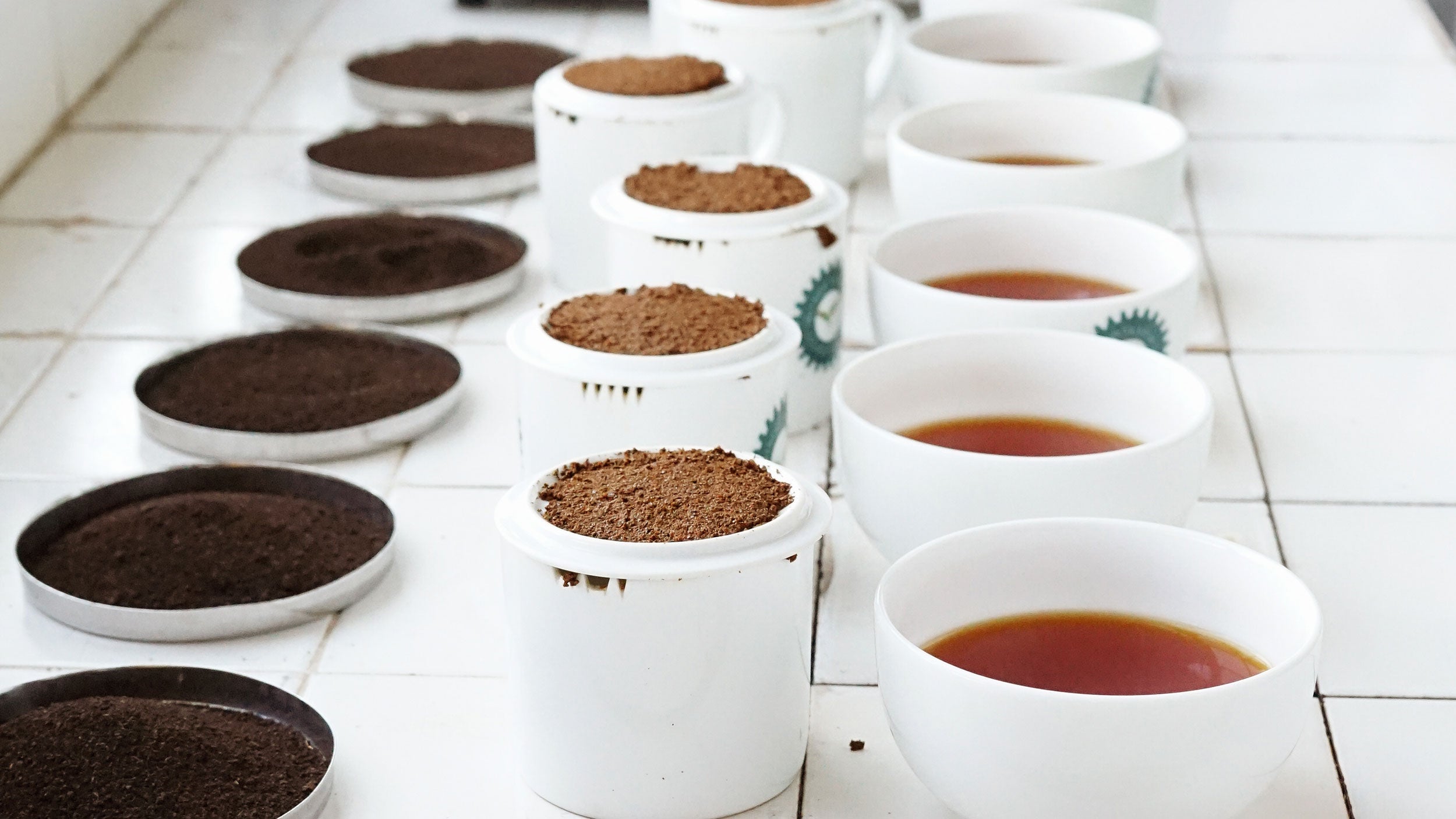

At the farmgate, tea production doesn’t yield high profits. The cost of producing 1 kilogram of tea in Kenya is about USD $1.20, while the average sale price is $1.80 to $2.00. Farmers earn around 20 cents per kilogram, a small fraction of the final value.
“You will find that the farmers do not get absolutely what they deserve,” Muigai said. “The prices are determined by the consumer, and somehow they determine the price blindly without knowing what the farmer is undergoing.”
Price setting largely falls on factories, traders, and consumer demand. Factories may offer up to 10 percent bonuses based on profits. Ten years ago, one tea plant produced about 2.5 kilograms of green leaf annually; today, yields have dropped to about 1.9 kilograms.
“If you compare what was being processed five years ago, we are not meeting those volumes,” Muigai said.
Since 2020, the price per pound of ground coffee has almost doubled from $4.17 to $8.14. Experts cite variable rainfall and tariffs on Latin American countries for the increase. Regardless of price, U.S. demand for coffee and tea remains steady — though more is now consumed at home than in cafés, according to CoBank’s coffee market report.
Coffee and tea demand is expected to persist, but production may not in Africa.
“It is now common for farmers to uproot and find other ventures because maybe they are not satisfied with what they are earning,” Muigai said. “You grow, you subdivide your farm to your sons. And after subdivision, another son decides, yeah, I don’t want to plant tea. I want to do dairy farming. Another one decides coffee. Therefore, the farming is affected with different reasons.”
Jake Zajkowski is a freelance agriculture journalist covering farm policy, global food systems and the rural Midwest. Raised on vegetable farms in northern Ohio, he now studies at Cornell University.


:max_bytes(150000):strip_icc()/2458520spreadin20fertilizer-2000-de69fa45a10b46f1ab24bca3d63efb76.jpg)
